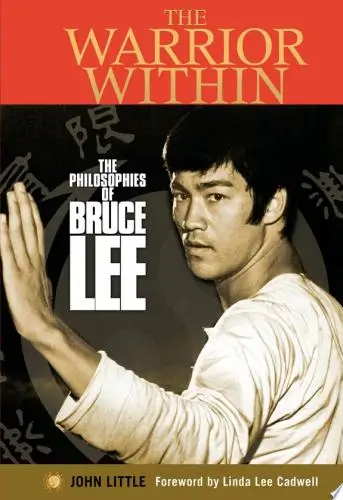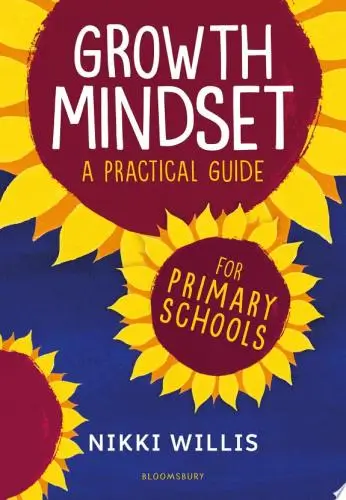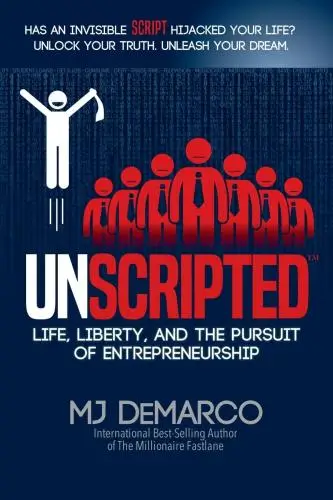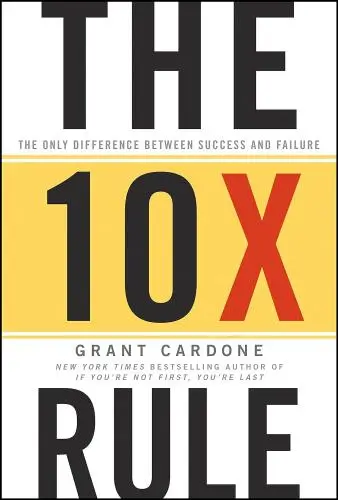Steal Like an Artist
10 Things Nobody Told You About Being Creative
What's it about?
Steal Like an Artist inspires readers to embrace their creativity by encouraging them to take inspiration from others. Kleon argues that nothing is truly original and that all artists borrow ideas from those who came before them. By learning to steal like an artist, readers can unlock their full creative potential and produce work that is uniquely their own. This book is a must-read for anyone looking to ignite their creative spark and break free from the fear of copying others.
About the Author
Austin Kleon is a bestselling author known for his unique blend of words and visuals in books like "Steal Like an Artist" and "Show Your Work." His writing style is concise and engaging, offering practical advice for creatives looking to unleash their artistic potential. Kleon's work emphasizes the importance of sharing one's process and embracing influence from others to fuel creativity. His books are a must-read for anyone seeking inspiration and motivation to pursue their creative passions.
10 Key Ideas of Steal Like an Artist
Embrace Your Influences and Remix Ideas
Nothing is completely original.
All creative work builds on what came before.
By acknowledging your influences, you can consciously combine different ideas and styles to create something new.
This approach encourages seeing creativity as a communal process rather than an individual act of genius, fostering a more inclusive and dynamic creative environment.
Learn DeeperKeep a Swipe File: Start collecting pieces of work that inspire you. This can be anything from articles, quotes, images, to snippets of conversations. Use this collection as a springboard for your own ideas, mixing and matching elements to create something new.
Practice Idea Synthesis: Regularly set aside time to combine two or more unrelated ideas or pieces of work to create a new concept. For example, if you're a writer, try merging a scientific concept with a personal story. If you're a designer, mix styles from different eras.
Share Your Work and Collaborate: Don't keep your creations to yourself. Share them with a community or peers. Feedback will help refine your ideas, and collaboration can lead to unexpected and innovative outcomes.
Study Across Disciplines: Broaden your knowledge base by learning about subjects outside your primary area of interest. This cross-pollination of ideas can lead to unique combinations and insights in your work.
- Example
A graphic designer draws inspiration from both modern minimalist designs and vibrant traditional African patterns to create a unique branding identity for a new startup.
- Example
A musician blends classical piano techniques with electronic beats to produce a fresh sound, showcasing how merging distinct styles can result in innovative music.
Collect Ideas and Inspirations Everywhere You Go
Keep a notebook or digital tool handy to jot down thoughts, sketches, quotes, and anything that sparks your interest.
This habit makes you more observant and open to inspiration in everyday life.
Over time, this collection becomes a rich resource to draw upon for your creative projects, ensuring you always have a well of ideas to explore.
Learn DeeperCarry a Small Notebook or Use a Note-taking App: Always have a way to capture your thoughts, no matter where you are. This could be a small, easily portable notebook or a note-taking app on your phone that you find intuitive and quick to use.
Set Aside Time for Review: Make it a habit to regularly go through your collected ideas and inspirations. This could be a weekly or monthly review session where you sift through your notes, categorize them, and explore how they might fit into your current or future projects.
Create an Inspiration Board: Use a physical board or a digital platform like Pinterest to pin your ideas, images, quotes, and anything else that inspires you. This visual collection can be a quick way to stimulate creativity when you're seeking inspiration.
Share Your Finds with Others: Discussing your ideas and inspirations with friends or colleagues can open up new perspectives and insights. It's also a great way to deepen connections with others who have similar interests.
- Example
While waiting in line at the coffee shop, you overhear a conversation that sparks an idea for a story. You quickly jot down the gist of it in your notebook.
- Example
During a walk in the park, you're struck by the way the sunlight filters through the trees, creating a beautiful pattern on the ground. You take a photo with your phone and later sketch the scene, adding it to your collection of nature-inspired art ideas.
Create What You Want to See
Instead of waiting for someone else to create the perfect book, art piece, or project, start creating it yourself.
This proactive approach ensures that your unique perspective and passions are reflected in your work.
It also positions you as a creator who contributes valuable content to the world, rather than just a consumer of others' ideas.
Learn DeeperIdentify Your Interests: Start by jotting down a list of topics, themes, or genres you're passionate about. This could be anything from cooking, digital art, to sustainable living. Knowing what excites you is the first step towards creating content that you're genuinely interested in.
Consume to Create: Immerse yourself in content related to your interests. Read books, watch videos, and follow creators who inspire you. This will not only fuel your creativity but also help you identify gaps or niches that you can fill with your unique perspective.
Start Small, But Start Now: Don't wait for the perfect idea or the right time. Begin with a small project that's manageable. It could be a blog post, a sketch, or a simple recipe. The key is to transition from thinking to doing.
Share Your Work: Once you've created something, don't hesitate to share it with others. Use social media, blogs, or community forums related to your interest. Feedback can be incredibly motivating and can help refine your future work.
Iterate and Evolve: Your first project might not be perfect, and that's okay. Use it as a learning experience. Continue creating, taking on board any constructive criticism, and always look for ways to improve and innovate in your chosen field.
- Example
If you're passionate about eco-friendly living but can't find a blog that combines sustainability with minimalist design, start your own. Share your journey, tips, and how-to guides on living sustainably with a minimalist twist.
- Example
Suppose you love video games but feel there's a lack of content focusing on the storytelling aspect of games. You could start a YouTube channel or podcast where you analyze and discuss the narrative structures of popular and indie games, filling a niche that combines your love for storytelling and gaming.
Use Your Limitations to Your Advantage
Constraints, whether they're in the form of time, resources, or skills, can actually fuel creativity rather than hinder it.
They force you to think differently and come up with innovative solutions.
Embracing limitations can lead to a more focused and creative approach to problem-solving, making your work stand out.
Learn DeeperIdentify Your Constraints: Start by listing out the limitations you're currently facing. This could be a lack of time, resources, or specific skills. Recognizing these constraints is the first step towards using them creatively.
Set Clear Boundaries: Once you've identified your limitations, set clear boundaries around your project or task. This could mean allocating a specific amount of time to work on it, using only the materials you have at hand, or focusing on what you can do with the skills you currently possess.
Embrace Simplicity: With your constraints in mind, aim for simplicity in your approach. This might mean breaking down your project into smaller, more manageable tasks or finding the simplest solution that solves the problem effectively.
Seek Inspiration Within Constraints: Look for examples of work or projects that were created under similar limitations. This can provide inspiration and show how constraints can lead to innovative outcomes.
Iterate and Experiment: Use your limitations as a basis for experimentation. Try different approaches within your set boundaries to see what works best. Iteration allows you to refine your ideas and discover creative solutions.
- Example
A graphic designer with a limited color palette decides to focus on minimalistic designs, which not only makes her work stand out but also saves time and resources.
- Example
A writer with only 30 minutes a day to write uses this constraint to focus on short stories, honing his skill in concise storytelling and eventually compiling these stories into a published collection.
Make Time for Side Projects and Hobbies
Side projects allow you to explore new interests and ideas without the pressure of them being your main source of income or identity.
These pursuits can often lead to unexpected discoveries and innovations that can be applied to your primary work.
They keep your creative juices flowing and ensure that you're constantly learning and growing.
Learn DeeperSchedule Regular Time for Your Hobbies: Just like you would for any important appointment, block out time in your calendar specifically for your side projects or hobbies. This ensures you dedicate time to them regularly, making it more likely they'll flourish.
Create a Dedicated Space: If possible, set up a specific area in your home where you can work on your side projects. This doesn't have to be a large space—a corner of a room or a small desk can suffice. Having a dedicated space can help mentally signal it's time to focus on your creative pursuits.
Join a Community: Look for online forums, social media groups, or local clubs that share your interest in a particular hobby or side project. Engaging with a community can provide motivation, inspiration, and valuable feedback.
Set Small, Achievable Goals: Break down your side project into smaller tasks and set achievable goals. This helps maintain momentum and makes the project less daunting, allowing for steady progress.
Reflect and Adjust Regularly: Take time to reflect on what you're learning from your side projects and how it could apply to other areas of your life or work. Be open to adjusting your approach based on what you discover.
- Example
If you're interested in photography as a side project, you might schedule weekend morning walks specifically for taking photos. This regular practice not only improves your photography skills but can also inspire creativity in your main job by teaching you to see things from different perspectives.
- Example
Suppose you've always wanted to learn how to code. You could start by dedicating an hour each evening to online coding tutorials or projects. Over time, this could not only become a fulfilling hobby but also open up new career opportunities or ways to automate tasks in your current job.
Deeper knowledge. Personal growth. Unlocked.
Unlock this book's key ideas and 15M+ more. Learn with quick, impactful summaries.
Read Full SummarySign up and read for free!
Steal Like an Artist Summary: Common Questions
Experience Personalized Book Summaries, Today!
Discover a new way to gain knowledge, and save time.
Sign up for our 7-day trial now.
No Credit Card Needed

Similar Books
Trending Summaries

Peak
Anders Ericsson
Never Split the Difference
Chris Voss
Smart Brevity
Jim VandeHei
The Psychology of Money
Morgan Housel
The First 90 Days
Michael D. Watkins
Atomic Habits
James Clear
Thinking, Fast and Slow
Daniel Kahneman
The Body Keeps the Score
Bessel van der Kolk M.D.
The Power of Regret
Daniel H. Pink
The Compound Effect
Darren HardyNew Books
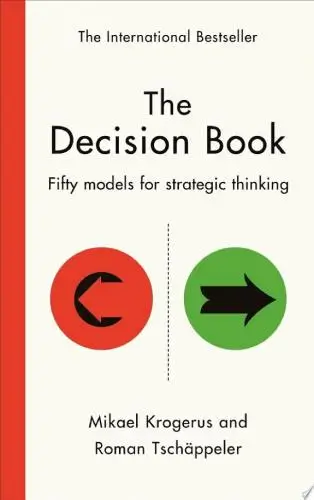
The Decision Book
Mikael Krogerus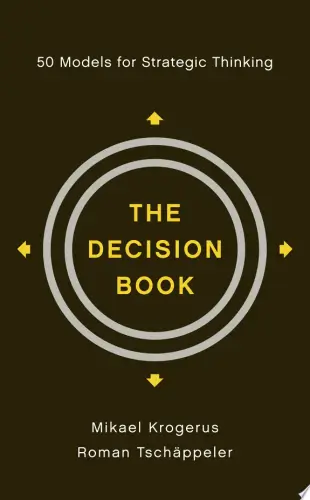
The Decision Book: 50 Models for Strategic Thinking
Mikael Krogerus
Fichte
Johann Gottlieb Fichte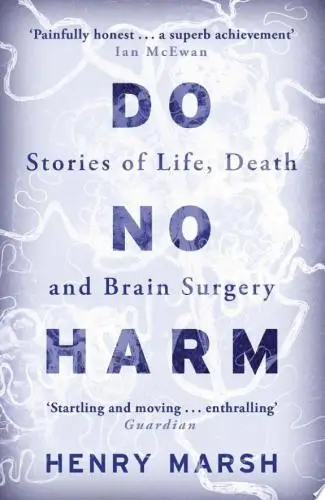
Do No Harm
Henry Marsh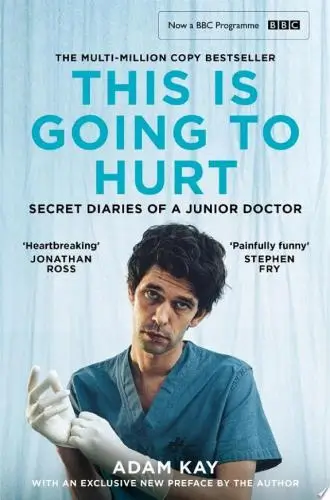
This is Going to Hurt
Adam Kay
This Is Your Brain on Joy
Earl Henslin
Learning Habits
Sarah Nicholl
TOP KNIFE: The Art & Craft of Trauma Surgery
Asher Hirshberg,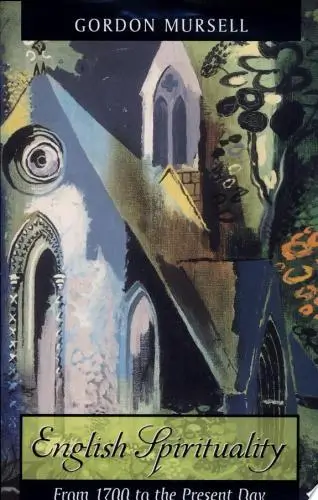
English Spirituality
Gordon Mursell


